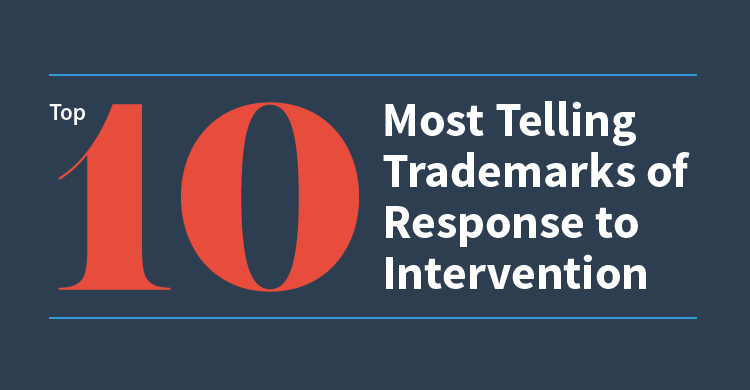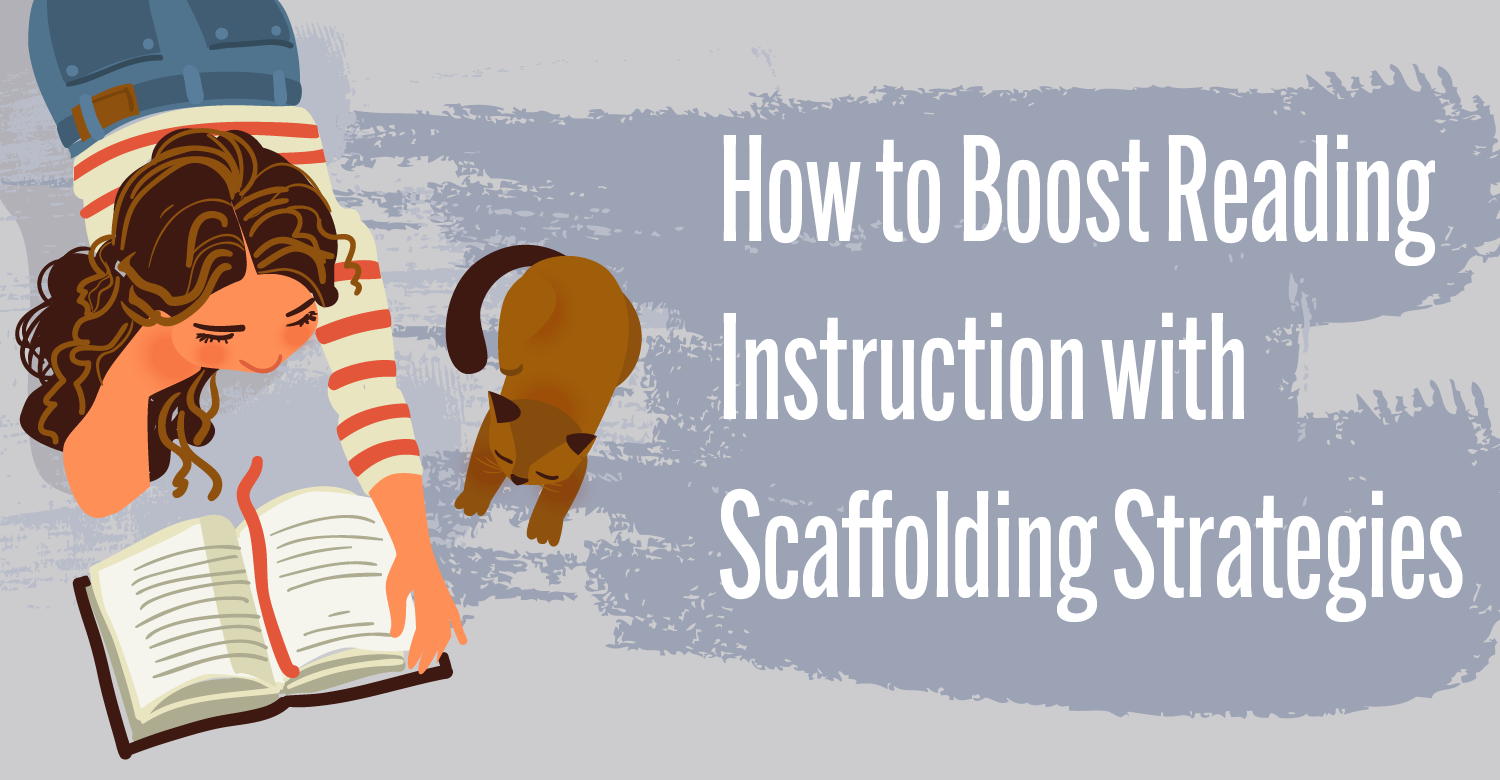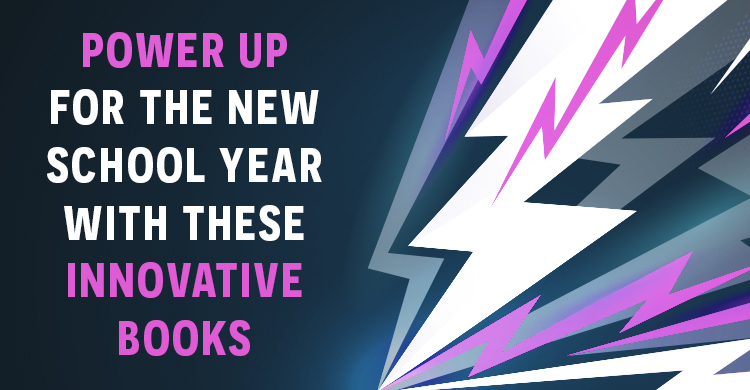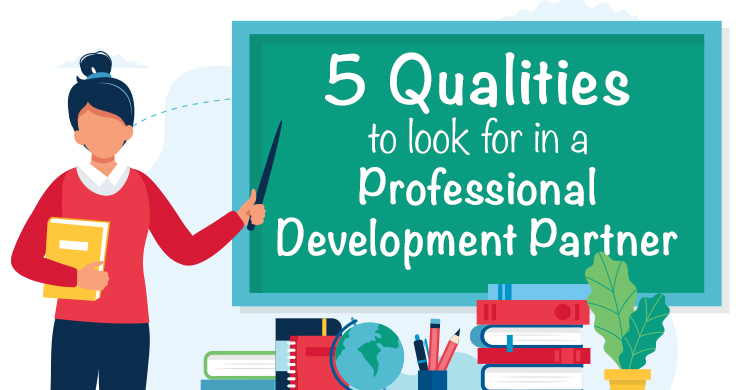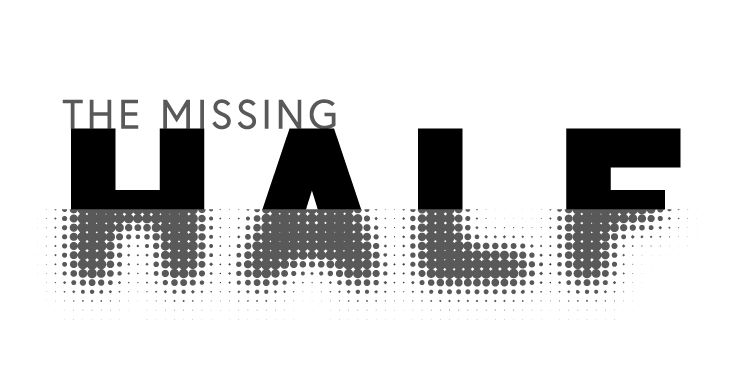We’ve been living, breathing, studying, practicing, and coaching on Response to Intervention for well over a decade.
We passionately believe that response to intervention (RTI) is the most systematic, effective, and proven (Hattie, 2012) set of beliefs and practices with which we can engage to ensure that all students grow. How do we know if RTI is effectively being implemented in our learning environments?
In no particular order, here are the Top Ten Most Telling Trademarks of RTI:
- Altruistic Assessments. Assessments, and the power the data holds, are the engine that drive improvement – embrace it…own it!
- Not testing…evidence-gathering.
- Don’t get caught up in formal versus informal assessments.
- Focus on assessments that enhance learning and are humanistic, not formal or robotic.
- Embrace the following BHAG (Big Hairy Audacious Goal): All assessments that we administer will be formative; we commit to always using evidence gathered through these assessments to inform future teaching and learning.
- Action supersedes theory.
- We must know if students are RTI’ing – RTI is a verb.
- There are lots of triangles and diagrams out there, but they only are only as effective as they result in high levels of learning for every single student.
- Documentation isn’t deity. Don’t let documentation and meetings inhibit or delay supports for students (or destroy your will to live).
- Flipped meetings: Leverage face-to-face time for collaboration, co-learning, and high value connections…not information distribution. Leverage asynchronous forms of communication (e.g., Google docs) to share information and strategies.
- Teacher observations count as documentation.
- Don’t let a lack of “appropriate” documentation or a sufficient quantity of “in-class interventions” prevent a student from receiving supports!
- Preponderance of evidence.
- Universal screening (e.g., the student scores in the 6th percentile) is enough to “qualify” a student for Tier 3.
- Use multiple data points and be smart about what is valid data and what is not.
- Behavioral skills are as critical as academic skills – Tiers 1, 2, and 3
- We too often, and inappropriately, view behavioral struggles differently than academic struggles, and it is this very dichotomy that we believe requires our full attention.
- Behavior and academics are inextricably linked and the teaching, learning, assessing, and differentiated support of behavioral skills and academics skills must be processed identically.
- Culture eats strategy for breakfast. (…Peter Drucker)
- If you don’t believe that all students can learn at all levels, don’t bother with RTI.
- Belief in ourselves, our colleagues, our families, and in all students is a prerequisite for success.
- Tier 3 interventions, for example, should simply be the actionable evidence of our expectations that all students can and will learn.
- Forget Me Not: Tier II
- Bloom states that even though students have a wide variety of learning modalities, if teachers could provide the necessary time and appropriate learning structures, all students could reach learning goals.
- Tier II is purposefully planned and possesses a distinctly different purpose and function than Tier 3.
- There are predictable consequences due to insufficient Tier 2 instruction. Students struggling with some skills may develop larger gaps as the complexity of learning tasks increases. Gaps may become chasms (or significant deficits in foundational skills). Motivation and confidence will crumble.
- The cart is after the horse. Tier 1 instruction is where it all begins. Tier 1 provides the foundation for successful RTI overall, rich with formative assessments, differentiated instruction, and successful feedback loops.
- Carol Ann Tomlinson is the jedi master of differentiation. Her thinking and guidance will help transform instruction.
- With all desired learning outcomes for students, including next-generation standards, depth is more important than breadth, mastery more important than coverage, quality of learning more important the quantity of content that is taught.
- The 80-15-5 Pyramid is a blessing and a curse (“what if 80% of our students are not responding to Tier 1 instruction??????”…then modify the quantity of content so that there is time for pre-requisite skills and time to meet the other needs of students); if students at a given school are highly vulnerable and lacking in pre-requisite skills, it makes no sense to pretend that the same quantity of content can be “covered” as compared to a school with less vulnerable students. To ignore the needs of our most vulnerable students (socio-emotional, self-regulation, prerequisite skills) and simply push on will leave students even further behind. Teach less content, achieve greater levels of mastery. Focus on critical thinking and problem-solving and give up the mile-wide, inch-deep curse…this too is research-based (Marzano, 2003)
- Student self-assessment is motivating and research-based (Hattie, 2012) – assessment as learning…not a “gotcha.”
- No skimping on professional learning
- Professional learning focused on RTI – particularly its integration into schools’ realities – helps teachers identify common misconceptions and pitfalls, refocuses teacher teams on best practices, supports data-based decision making, and provides opportunities to evaluate and monitor student learning and RTI processes.
- Teachers have a voice.
- School leadership must be committed to RTI as a vital component of effective teaching and learning. A student-centered vision isn’t a top down decree, but a shared vision that is collaboratively developed by all stakeholders. Teachers voice must be expressed through vision creation and should be evident through strategic RTI actions and goals.
These ten trademarks are visible characteristics of successful RTI environments. These characteristics don’t develop overnight and don’t represent variables inside of a magic formula. Just as we must build a sense of community in our classrooms, we must build a collaborative culture amongst educators. We cannot be successful in building a comprehensive and impactful RTI system without trust and belief in one another. In a culture of high takes testing, accountability measures, and data disaggregation, there must exist an even more heightened focus on creating deeper connections and genuine relationships with our students and our fellow colleagues. The power of these relationships will always transcend any intervention strategy or pull out program. The more that tangible metrics become a part of our educational and society reality, the more we must purposefully seek those intangibles, such as care, community, and connection, that increase collaborative capacity.
References
Hattie, J. (2012). Visible learning for teachers: Maximizing impact on learning. New York: Routledge.
Marzano, R. J. (2003). What works in schools: Translating research into action. Alexandria, VA: Association for Supervision and Curriculum Development.
[author_bio id=”77″]
[This is a post by author Chris Weber and guest contributor Nathan Lang.]


